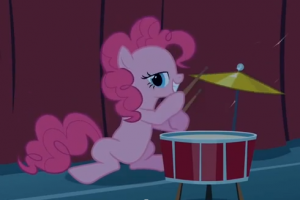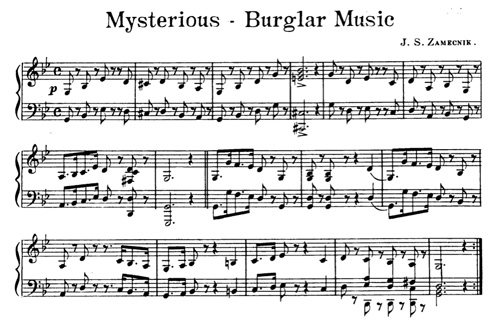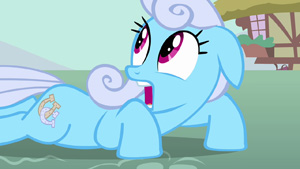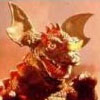
Mandydax pointed out last week that our listeners should be “owl-eared”, not “eagle-eared”. She is, of course, completely correct. Here’s what our owl-eared listeners picked up this week.
From Wdonohue: “Bogey’s [wolf whistle] reminded me of sheepherding whistle commands, which aren’t just for sheep, but other stock and game animal herding dogs. The wolf whistle is at the 20 second mark: http://www.youtube.com/watch?feature=player_detailpage&v=er0kPn_mUfI#t=21s That said, I think the shipboard signal whistle origin is more likely.”
For those who don’t want to go to YouTube, here’s just the key clip. (The sound distortion is from the clip itself.) In the video, the code is for “come by”, which commands the dog to circle the livestock:
*head explodes*
Wow, that never even crossed my mind. Wow, that’s close, too. Also, the fact that the phenomenon is called a “wolf whistle” links the call back to canines… wow.
I couldn’t find a history of herding whistles, but it seems that each dog often has a different set of whistle commands, so when multiple dogs are working together they don’t get confused. Thus, the whistle heard above isn’t necessarily the same whistle used for different dogs.
Thus, I agree with Wdononue that the sailor story is probably a more likely origin for the wolf whistle. However, this may still be part of the story.
From Steve D: “Just heard take 4 [of the Wilhelm Scream] in ‘Lockout’, about 18 minutes in. :D”
I couldn’t find a clip of it online, but I do remember catching the Wilhelm when I saw Lockout in a theater in West Virginia. According to IMDB, the scream happens when an inmate trips and falls right after coming out of stasis.
Good catch! Also, I’m sorry you watched Lockout. (/snark)
Also from Wdonohue: “Not a link to the origin [of the drum sting], but: I searched on ‘muppet show rim shot’ and this was the top result. It’s all about timing: http://www.youtube.com/watch?feature=player_detailpage&v=MYOchgBV_ec”
I. Love. Muppets.
From Mandydax, also about the drum sting: “You know I can’t resist: http://www.youtube.com/watch?v=nwWJDk1aayA Pinkie Pie Rimshot. /) to Fes for me. ;D”
My Little Pony strikes again. (See what I did there? Heyo!)
And finally, here’s one I found. It seems that OH!3 recorded a song called “Starstrukk” that is almost entirely predicated upon the wolf whistle. Clip and full video below. Warning: Katy Perry content.




